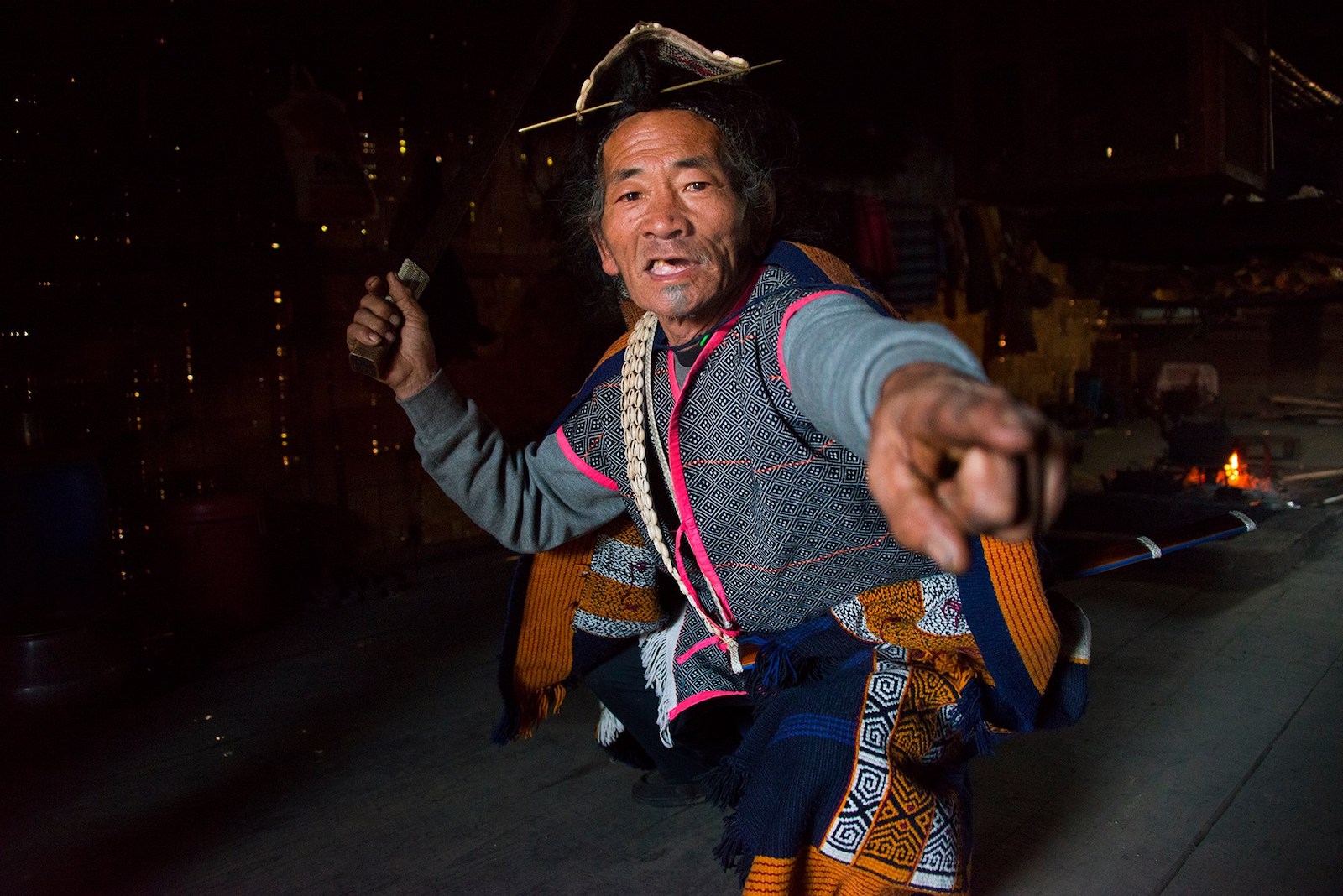Land of Dawn-lit Mountains
"The austere serenity of Shangri-La." describes James Hilton in hi s 1933 novel, Lost Horizon, "allured by a land of milk and honey in a hidden valley in the Himalayas."

The cultural identity of Arunachal Pradesh is significant, especially in a rapidly urbanizing world. Its history is mystified, passed down the ages through fables and folk tales. The state is home to more than 26 major tribes and over 100 different sub-tribes, many of whom trace their indigenous history to faraway places in Mongolia and Southeast Asia.
The isolation of each tribe and culture has allowed for an amazing linguistic diversity with 90 different languages spoken in the state. Arunachal Pradesh has attracted cultural anthropologists and explorers for a long time, who come from faraway countries to study the treasure trove of traditional knowledge.
Geographically, the cultural diversity of Arunachal Pradesh can be roughly divided into cultural spheres, based on tribal identity, religion, and language. Then there are transition areas where clusters of less dominant tribes reside. The western cultural sphere is rooted in Tibetan Buddhism and early Bon animist traditions with the presence of tribes such as Monpa, Aka, Brokpa, and Sherdukpens. The Aka are traders and paint their faces with fascinating black marks. The Brokpa people are semi-nomadic herders who roam the highlands during the summer. The Monpa weave excellent carpets and take pleasure in wood painting.
In the central and eastern parts of the state, the culture is influenced by animist traditions. The major tribes that live here are the Nyishi, Hill Miri, Apatani, Galo, Adi, and Mishmi. The Nyishi are a powerful tribe, excellent craftsmen of cane and bamboo. The Hill Miri men wear a unique hairstyle, while the women wear cane blouses, fashionable and made from nature. The facial tattoos and nose plugs of the Apatani women have been well documented and remain fascinating. The Adi have colorful dancing rituals with clothing that have exquisite patterns and designs. Their intricate cane bridges over large Himalayan rivers are a testament to their ingenious skills. The Mishmi are excellent bamboo craftsmen and hunters. They remain an incredible repository of traditional knowledge which has been passed down through shamans, folklore, dances, and religious rituals.
The southeastern cultural sphere traces its lineage to Southeast Asia, where tribes such as Khampti, Singpho, and Tangsa have been influenced by Theravada Buddhism. Sharing this sphere are the Nocte, Lisu, and Wancho with animist influence. The Wancho have beautiful dresses and ornaments. Along with the Nocte, they were excellent headhunters in earlier times. The Khampti and Singpho are rich traders. Their rulers had mutual relations with the British Empire in the pre-independence era, along with connections that stretched to Southeast Asia.
Donyi-Polo is the major religion of the animist people of the state. It is the belief in the worship of the Sun and the Moon. Naive, amicable, and friendly, the tribals of the state are democratic; each tribe has its own structured institutions that revere the elders, maintain law and order, settle disputes, and care for the welfare of the villages.
To quote renowned 19th-century anthropologist Verrier Elwin "In NEFA (erstwhile Arunachal Pradesh) we are not aiming at mere preservation of culture, the freezing of social life at its present level. We are striving for a renaissance of art, music, beauty, color, the joys, and graces of living." This dream is slowly being realized today. As Arunachal Pradesh opens up to the world, we are seeing the promotion and preservation of tradition through festivals, sustainable tourism, and knowledge houses.
With over a decade of experience as a leading boutique tour operator in the region, travelling to Arunachal Pradesh with Greener Pastures has its merits. Expect hassle-free insightful journeys in the hands of passionate experts.
all itineraries